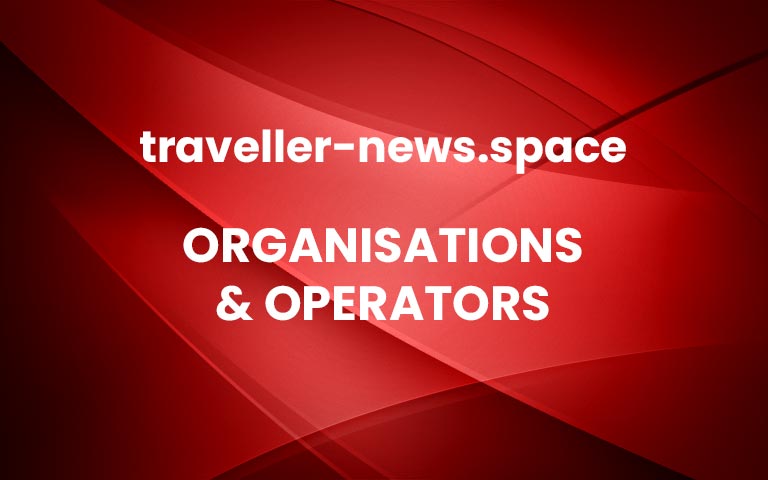IHG Hotels & Resorts strengthens presence in Turkish leisure market
image from Left to Right: Nilsun Tumer (IHG), Eric Viale (IHG), Ersin Uslu and Seren Selen Uslu Mandalinci (Uslu Turizm Insaat Tasimacilik Sanayi ve Ticaret A.S)] IHG Hotels & Resorts (IHG), one of the world’s leading hotel companies, announces the signing of Holiday Inn Resort Bodrum West Beach, in partnership with Uslu Turizm Insaat Tasimacilik […] More


